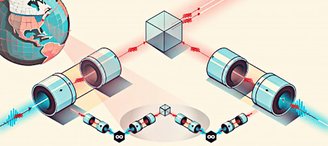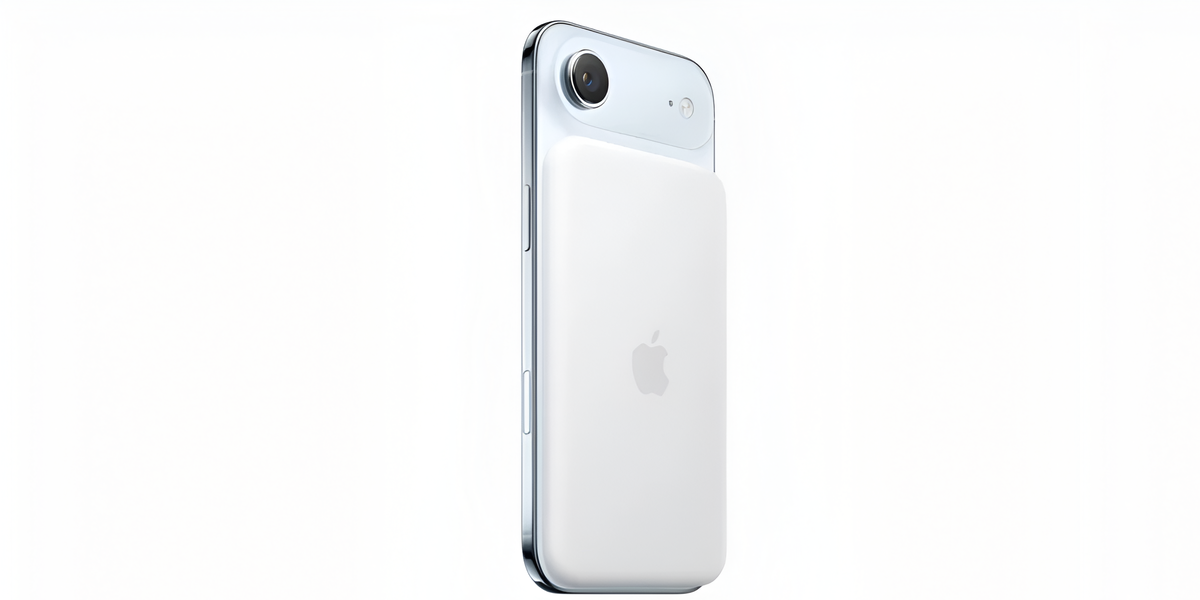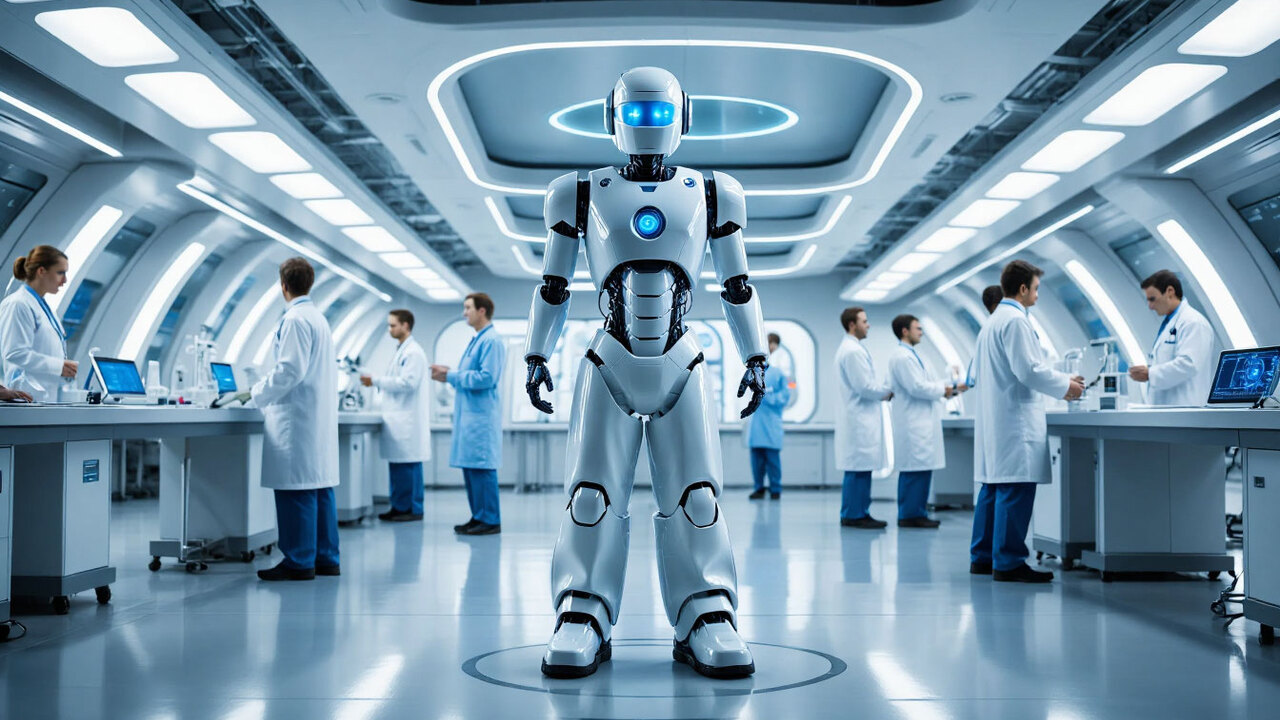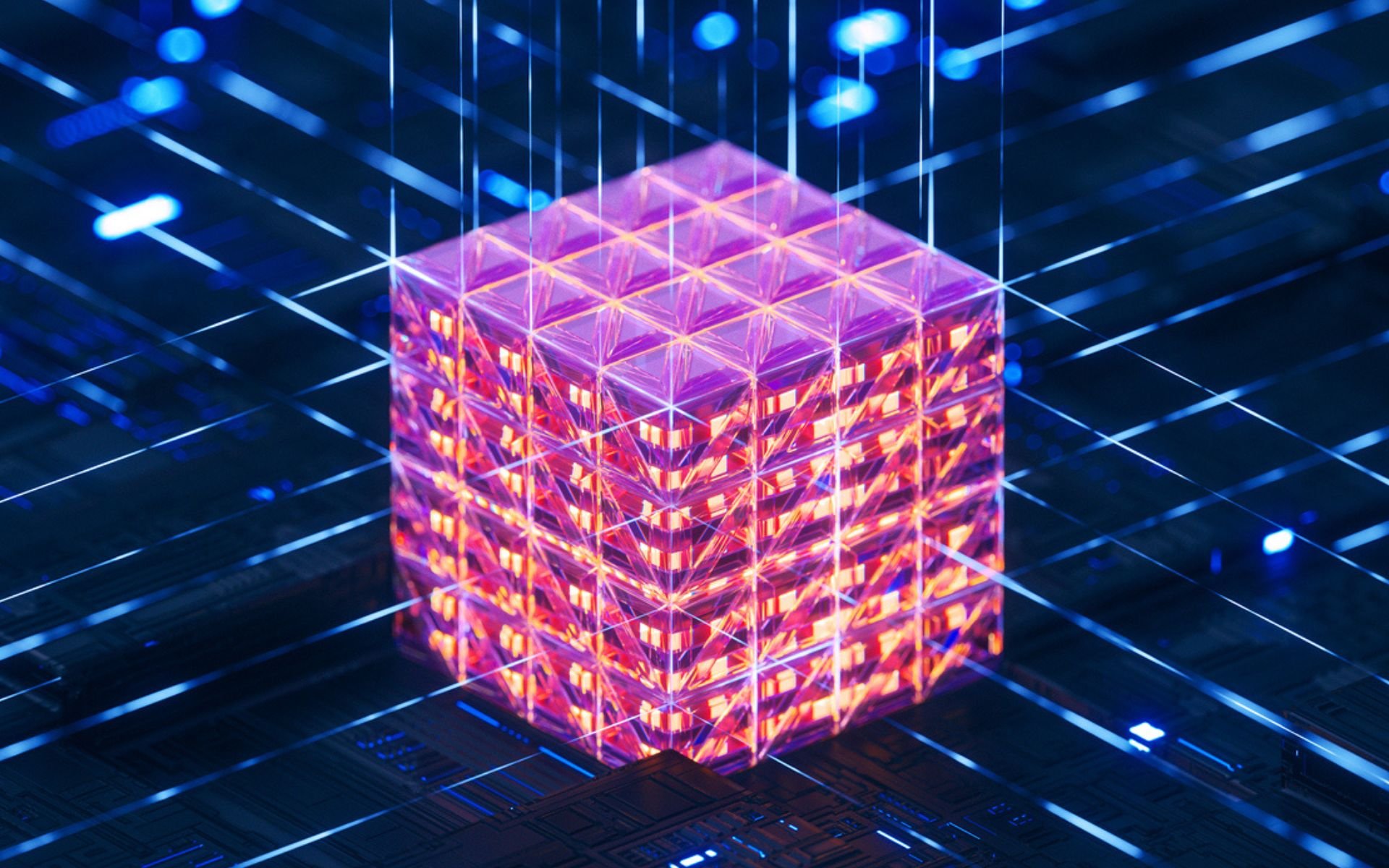A team of researchers from Stony Brook University in the US considered it an important step in the implementation of the quantum internet. announced the construction of a network of “quantum memories” at room temperature. An interconnected network of quantum computers is “an encouraging way to achieve quantum advantages using distributed quantum systems,” the study states.
According to an article recently published in the journal npj Quantum Information, The experiment consisted of storing and then retrieving two photonic qubitsThey are two of the smallest units of information in a quantum computer, encoded into particles of light (photons).
The transmission and manipulation of quantum memory is the subatomic equivalent of the traditional binary memory of our World Wide Web. In this, data is encoded in binary states of 1 or 0, while in quantum memory, it creates a quantum memory. Bit that can represent a superposition of 1 and 0. However, the ability to be in more than one state at the same time disappears when the qubit is observed.
The importance of quantum internet
The first advantage of quantum communication is its speed. In a phenomenon called “quantum entanglement,” two particles are so bound together that a change in one instantly affects the other, regardless of the distance between them.
Additionally, quantum communications are actually more secure. This is because eventual hacking attempts could interfere with the particle’s quantum stateIt can be easily observed by both the sender and the receiver of the message.
Although more feasible than previous experiments for designing a future quantum internet, it is important to highlight that the team was only able to store photons for a fraction of a second, while qubits lasted for over an hour at cryogenic temperatures.
How important is work in the transmission of quantum memories?

Although there are quantum networks in operation around the world, such as the two thousand kilometer long quantum networks between Beijing and Shanghai in China, they all need to be cooled to absolute zero to work. In this sense, the Stony Brook team’s experiment stored two photons separately in rubidium gas and successfully recovered them in their quantum signature, all at room temperature.
According to co-author Daniel Oi, the most notable aspect here is that after taking two independently stored photons, receiving them, and interfering with them, “you get what is called the HOM drop or the Hong-Ou-Mandel drop, which is a characteristic . This is the quantum signature that shows that the two photons are the same.”
The next step, the professor at the University of Strathclyde in Scotland told LiveScience. “One of the holy grails of quantum memories”This is to develop a method to determine, through direct observation, the exact moment when a signal is ready to be recovered, without compromising its quantum properties.
Stay up to date on technology and quantum physics at TecMundo. If you want, take the opportunity to learn more about what quantum entanglement is.
Source: Tec Mundo
I’m Blaine Morgan, an experienced journalist and writer with over 8 years of experience in the tech industry. My expertise lies in writing about technology news and trends, covering everything from cutting-edge gadgets to emerging software developments. I’ve written for several leading publications including Gadget Onus where I am an author.













